15% off with DESIGN15

The lovely Sofa 46 was designed in 1946 for a smaller upholstery company named Carl Brørup. At that time Finn Juhl was very much inspired by modern art especially by Picasso, Henry More. To match the sofa he designed the eye-shaped table 4850 with a blank desktop and as usual plenty of details. The couch is fully upholstered and hand-sewn with legs in teak, walnut or oak.
Dimensions L132 x D75 x H80 cm – seat height 42cm
Upholstery fabric or leather
Legs oak or walnut

Sofa 46
from

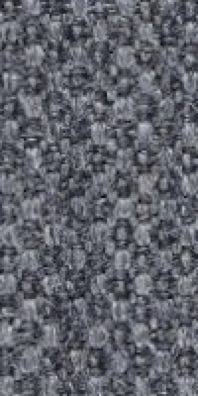
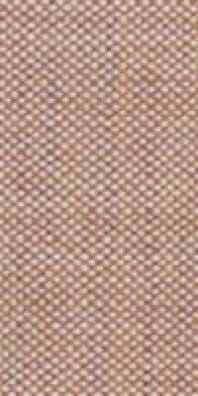

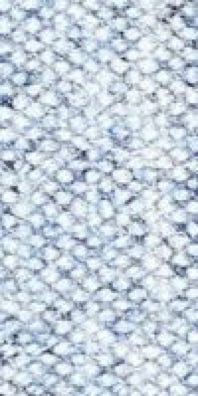

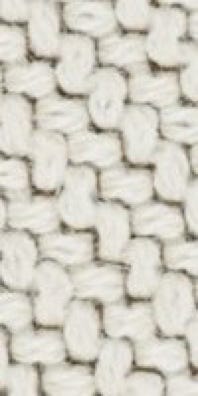

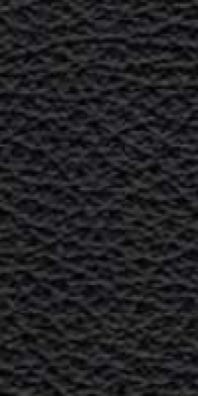
Examples:
Watercolours Rose Quartz / oak
Watercolours Rose Quartz / walnut
Watercolours Pumpkin Spice / oak
Watercolours Golden Syrup / walnut
Watercolours Cast Iron
Watercolours Peacock
Watercolours Silver Azure
Watercolours Butterscotch
Watercolours Dark Conifer
Remix 163
Remix 183
Remix 933
Remix 823
Remix 762
Remix 123
Hallingdal 100
Hallingdal 960
Hallingdal 376
Hallingdal 103
Hallingdal 110
Hallingdal 227
Hallingdal 113
Hallingdal 764
Hallingdal 457
Hallingdal 980
Vidar 472
Vidar 443
Vidar 633
Vidar 152
Vidar 1511
Vidar 723
Vidar 1062
Vidar 582
Vidar 222
Vidar 182
Hallingdal 407
Finn Juhl
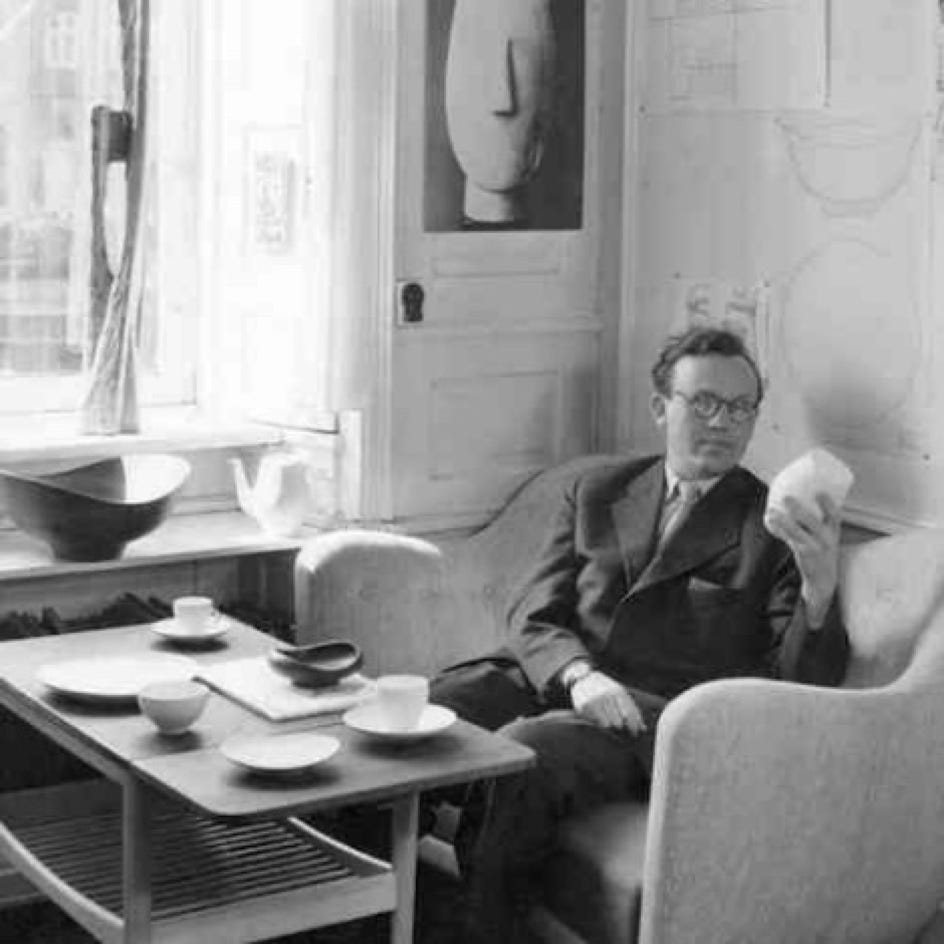
As a teenager, Finn Juhl (1912-1989) wanted to become an art historian, having a passion for the fine arts since childhood. His father stopped him and Finn Juhl started architectural studies. Later, when his fame as a designer of furniture acquired, he speaks of himself as an autodidact, in reference to this upset vocation that forced him to walk intellectually on a lonely way. His style owes much to this singular trajectory, with its non academic interpretation of art visible in his work. Finn Juhl started his studies in 1930, a key period which saw the birth of modern design and furniture.
His modern offices in central Copenhagen was greeting his visitors with a huge Japanese fish in paper, symbol of imagination. Rather than thinking in terms of practical construction, Finn Juhl had the mind-set of a sculptor, when he shaped a piece of furniture. In the 1940s and 1950s, this way of working had never been seen before. His ambition was to design furniture with movement and life.
Juhl took pride in making both the structurally supportive elements of the furniture and the seated person look as though they are floating. In some of his chairs, the backrest and the seat are almost invisibly joined, as if they were clouds floating through the room.
In creating his furniture, Finn Juhl worked with two elements: The carrying element, and the carried. He eventually became known for his special ability to separate the bearing parts from the borne. This is one of many examples of how he broke free from conventional working methods and found his inspiration in art.